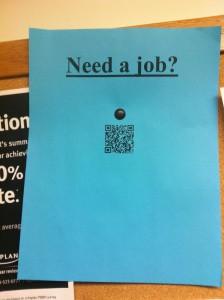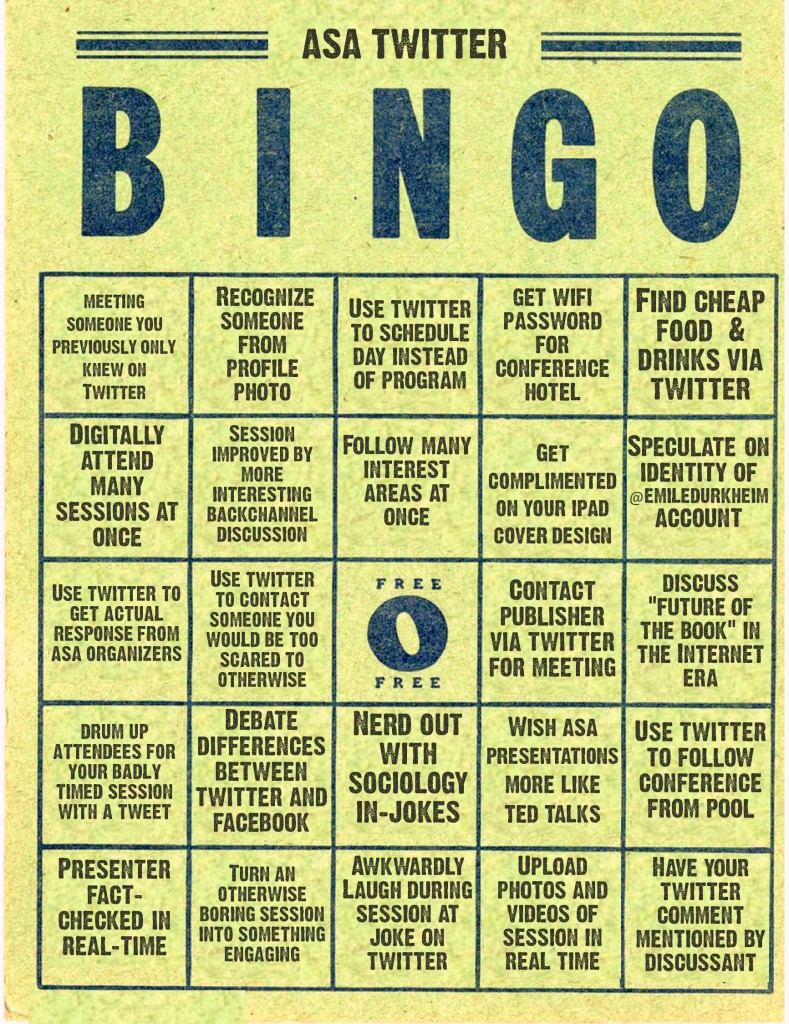[Edit 09/07/11 @ 5:03PM EST] It has been mentioned in the comments, and elsewhere, that while the Postal Service is facing a solvency problem, that problem is the direct result of Republican-led legislation that burdens them with excessive overhead. I completely agree with this sentiment. The 109th Congress, passed the “The Postal Accountability and Enhancement Act” in 2006, which you can read in full here. The law requires that the USPS pre-fund 75 years-worth of pensions, and prohibits them from selling goods that are not directly used for sending letters and packages. I suggest you read more about this legislation here and here. I encourage all of you do to your own research and post what you find in the comments.]
- Photo Credit: Wikipedia – The Galveston Federal Building, built in 1937, is a multi-purpose building with many different government agencies. Don’t bleed the Post Office dry, make it a 21st Century Civic Center
Reading the news lately, makes it seem as though the Post Office is giving its final economic death rattle. Post Master General Patrick Donahoe spoke at a Senate hearing yesterday, and according to the Christian Science Monitor:
Donahoe reiterated a list of cost-cutting measures he has been proposing in recent months to erase the agency’s deficit, which could reach up to $10 billion this fiscal year. They include eliminating Saturday mail delivery, closing as many as 3,700 postal locations, and laying off 120,000 workers – nearly one-fifth of the agency’s work force. (This doesn’t include another 100,000 jobs lost to attrition that the agency does not plan to replace, for a total of 220,000 lost positions.)
These are disgraceful solutions to what could be considered an exciting opportunity to innovate. The Internet is being blamed for many of the Post Office’s problems, and it is safe to say that email has put a significant dent in their revenues. But revenues are only half the story. Expenditures are equally important. Duany, Plater-Zyberk, and Speck in their book Suburban Nation relay a conversation with a former (unnamed) Postmaster General who explained that most of our postage goes to the gas for the trucks and vans that carry mail to the suburban fringes of municipalities. Indeed, the USPS has the largest civilian truck fleet in the world. In an era of austerity, we need to look for ways to reduce spending while maintaining affordable services. I just think we need to spend less money on machines, and more on people. The internet can help us do this.








